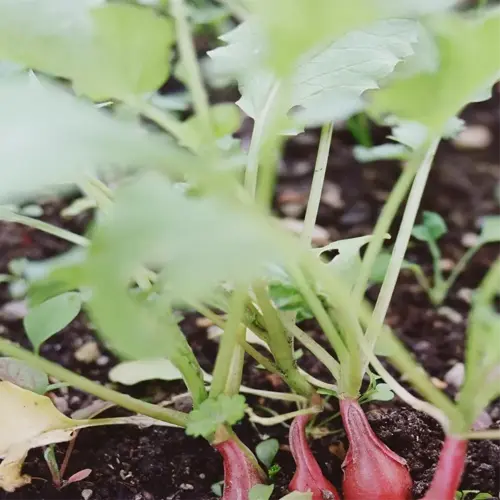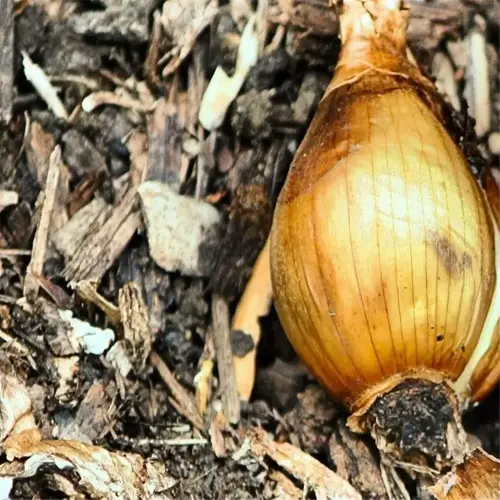Do deer or rabbits eat rhubarb?

Written by
Nguyen Minh
Reviewed by
Prof. Charles Hartman, Ph.D.The oxalic acid in rhubarb makes it naturally deer and rabbit-resistant. Mature plants have very few issues with damage because the leaves are toxic, which deters these grazers. I've seen deer in Vermont step right over rhubarb and eat hostas instead; it is amazing how effective its natural protections can be oftentimes. However, young seedlings still need protection against grazing until the stalks have some thickness.
Physical Barriers
- Wire cages: Use ¼-inch mesh around seedlings
- Height: Extend 12 inches above and below soil
- Duration: Maintain until stalks reach 12 inches
Natural Deterrents
- Blood meal: Sprinkle around perimeter weekly
- Garlic spray: Apply after rain
- Companion plants: Interplant with daffodils
Seedlings are at the greatest risk. In this case, a client's Oregon garden lost 40% of their young rhubarb to rabbits before covering them with cages. Use hardware cloth cylinders and bury them approximately 6 inches deep; this way they can't burrow underneath or get into the cages from above. Once the stalks develop tartness (approximately 8-10 weeks), you can remove the containers to allow the plants to be free to grow.
The concentration of oxalic acid increases with the maturity of the plant. A test that you can do is simply eat the base of the stalk; if you experience a puckering tartness, you know the plant has reached maturity and is fully toxic. Deer seems to recognize this instinctively. I did a Wyoming trial where even after substantial deer movement through my garden, I saw zero mature plant damage.
In early spring, rabbits naturally graze opportunistically. When the shoots emerge, drape floating row covers and pin them tightly down. Then, when the leaves expand, switch to a tunnel of chicken wire. One gardener in Maine, added motion-activated sprinklers, and now her rhubarb has become rabbit-free!
Read the full article: How to Grow Rhubarb: Expert Tips for Success

